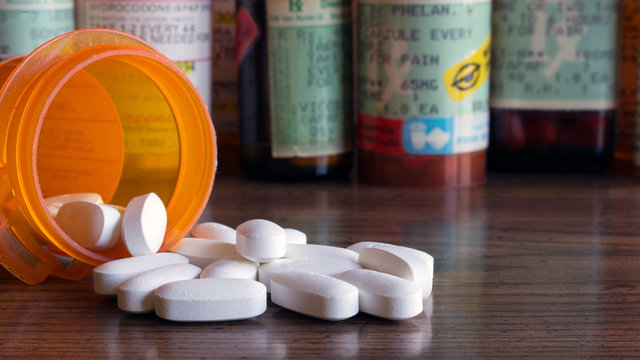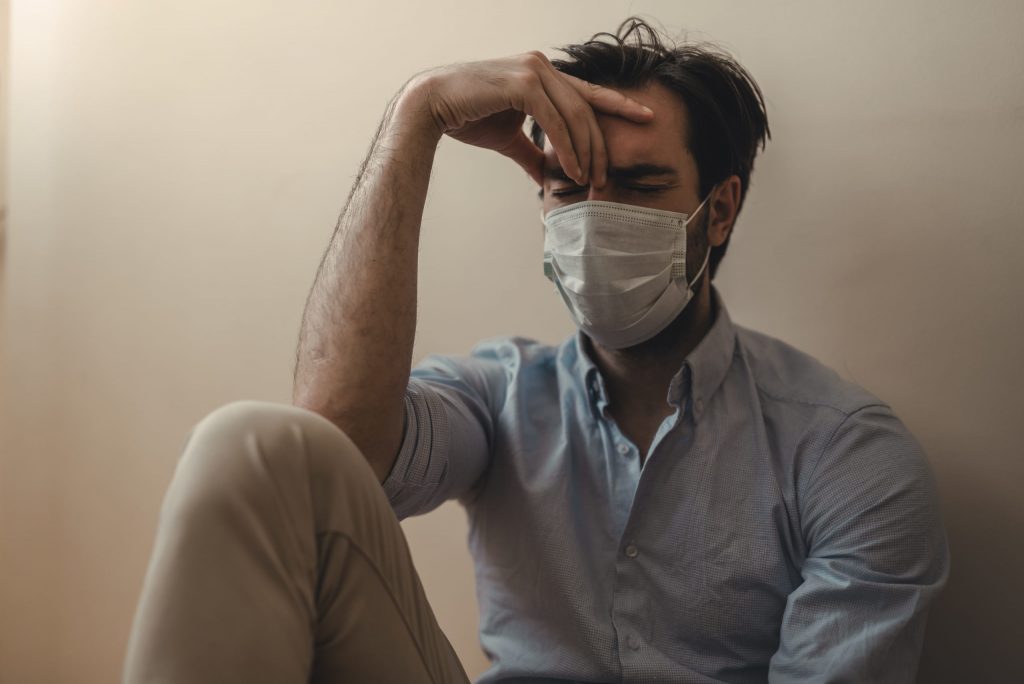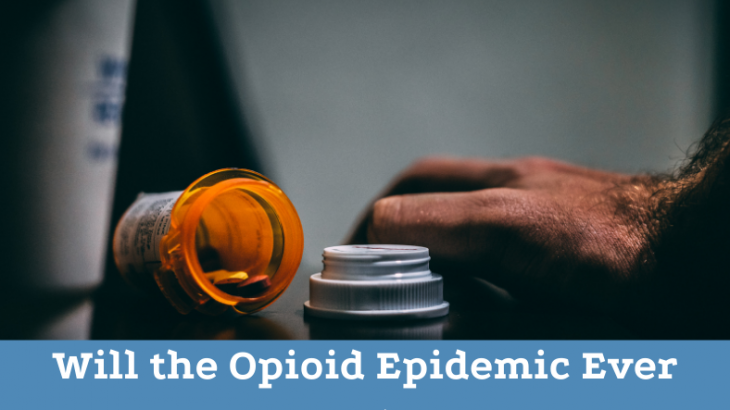The opioid epidemic refers to the widespread overuse of opioid drugs, both from illicit sources and from legal prescription medicines. The epidemic started in the United States in the early 1990s and continued into the end of the decade. Over a period of time, the overdose rates of prescription opioid drugs increased dramatically, particularly in people who were already susceptible to pain due to advanced age or illness. Thus, by the mid-2000s there was a burgeoning opioid deficiency problem that was beginning to pose a significant health risk.
History of the Opioid Epidemic
The history of opioids makes clear that the pharmaceutical industry was almost completely responsible for their acceptance among Americans. This was an extremely profitable market, which involved doctors writing prescriptions in extremely large quantities. Doctors would write hundreds, if not thousands, of prescriptions for these powerful, short-term medications each month. After initially prescribing low doses to patients, the number of doctors prescribing high doses of these narcotics soon began to climb, creating a huge consumer base that was both unaware and eager for this new type of medication. By the end of the decade, more than 15 million people had prescriptions for at least one type of opioid drug, and the numbers have continued to grow throughout the history of opioids and the opioid epidemic.

Common Drugs in the Opioid Epidemic
Prescription opioid analgesics such as oxycodone and morphine are most often given to chronic patients with a debilitating or ongoing disease; they are also used by physically disabled, elderly, or mentally impaired individuals. Because these opioids can be highly addictive, their abuse requires a strong counter-narcotic such as OxyContin to produce the same effect. This creates a problem for physicians treating these patients; because they cannot prescribe doses of narcotics that will maintain their efficacy, doctors are forced to either severely ration these drugs and allow patients to become addicted, or prescribe higher doses and allow the abuse of lower doses to continue. As a result, the rising number of deaths among Americans suffering from prescription opioid addiction has begun to attract the attention of politicians, public health officials, law enforcement professionals, and others who have an interest in reducing the rising number of drug overdose deaths across the nation.
Effects of COVID-19 on the Opioid Epidemic
The sudden onslaught of this pandemic (COVID-19) provides an uncharacteristic haven for those already battling chronic pain to succumb to opiate addiction. It has pushed persons struggling with addiction to feel isolated and alone in their fight to recover, further diminishing their chances for recovery and compromising their physical and mental health even more. However, limiting access to effective pharmacological interventions can be counterproductive to a patient’s efforts to combat the opioid crisis. As more people succumb to overdose and death, the increasing demand for safe and effective medications will lead to more consolidation of these medications and an increase in public health care costs. In addition, the lack of access to healthcare providers and the ensuing rationing of scarce resources will undoubtedly strain public health resources even further.
The shortage of qualified clinicians available to address the opioid crisis will be a serious deterrent to many new patients suffering from this disease. Although there is no evidence of a connection between the pandemic and increased suicides among youth, more youth are at risk of succumbing to overdose and death if proper attention is not provided. By keeping current patients involved in the process of recovering and promoting recovery as a priority, the shortage of clinicians will not only create more counselors and therapists available to address the issue of addiction treatment in the future, but also provide an educational opportunity for new patients and their families to learn about the disease and how it can be overcome.

Conclusion
With over two million deaths related to prescription opioids in the US, it is clear that this problem is a growing crisis. From prescription strength pills to heroin and now the highly addictive pain relievers like oxycodone, hydrocodone, and morphine, the number of deaths from these drugs is on the rise. States across the country are dealing with overloaded hospitals, substance abuse treatment centers overflowing, and individuals losing their jobs and having to fall back onto the streets. One in five people living in the United States will die from a drug overdose this year, and the numbers are steadily rising. This is leading many to wonder if the opioid epidemic will ever end. We need to take a good look at how we can expand treatment services, (including residential therapy, luxury rehab, and group therapy), increase public awareness of the dangers of using these drugs, educate doctors and pharmacists, enforce mandatory minimum jail sentences for non-medical use of narcotic opioids, and find ways to make the buying and selling of these dangerous narcotics easier than ever before
